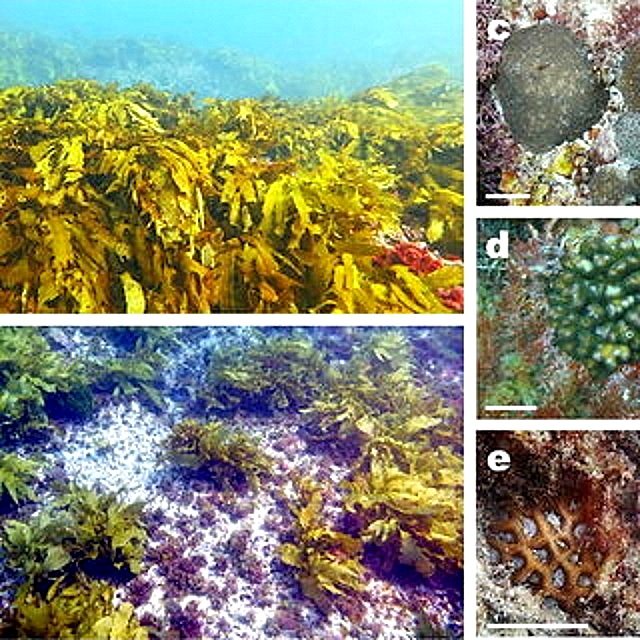Crossing Boundaries
Illegal deforestation in Para State, Brazil (credit: USAID/Rainforest Foundation)
Photo and video cameras are useful tools to document environmental and ecological change. Images can be captured from space, by an aircraft, or on foot. No matter the scale, they acquire a special relevance now as climate change accelerates. New images can be compared with archival material to view over different time-lines (rephotography); photographs can focus on a single species or regional locations; and video can view landscape-scale alterations due to human activities.
Publishing in Science Magazine, research now indicates ecological boundaries in many places are being compromised above safe limits to maintain biodiversity. The investigators used over 2 million records, totaling ~40,000 species, to model the responses to land-use practices and the change to local species diversity. The alterations are being driven by the wholesale conversion of grasslands and tropical forests for agricultural production to feed expanding global populations. The authors say:
"across 65% of the terrestrial surface (on Earth), land use and related pressures have caused biotic intactness to decline beyond 10%, the proposed "safe” planetary boundary."
The biologists applied the planetary boundaries concept developed in Sweden that recognizes "nine planetary boundaries within which humanity can continue to develop and thrive for generations", if maintained in a healthy state. The concept is explained by one of the Swedish developers:
Rephotography is a particularly valuable tool in documenting environmental change over short or longer timelines if images can be acquired from exact, known locations. As an example, marine kelp forests off the Western Australia coasts have been revisited over 5-year time periods. Formerly healthy kelp has died in the interval due to high water temperatures.

5-year kelp rephotographed (credit: University of Western Australia)
Such reefs are considered essential biodiversity 'hotspots' and serve as marine nurseries for young fish. Their decline could indicate a serious problem to sustain ocean fisheries. Crossing ecological boundaries has serious consequences.
WHB